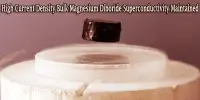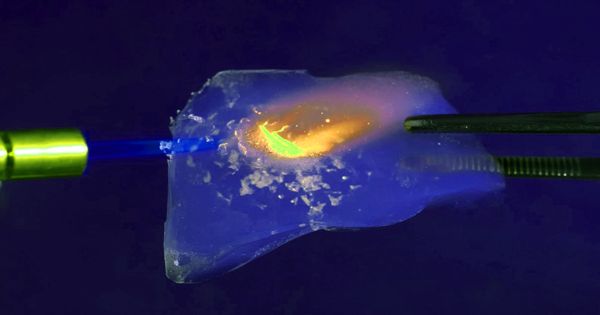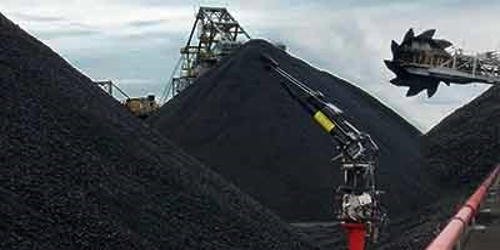Iron fertilization is an innovative method that aims to sequesters carbon (remove it from the carbon cycle for a period of time) by creating large phytoplankton blooms. It is the intentional introduction of iron to iron-poor areas of the ocean surface to stimulate phytoplankton production. This is intended to enhance biological productivity and/or accelerate carbon dioxide (CO2) sequestration from the atmosphere. Global warming is occurring due to increasing CO2 in the atmosphere from anthropogenic emissions. Iron fertilization is part of the burgeoning movement of geoengineering – the idea that humans can purposefully shape natural processes on a global scale, most notably to combat climate change. Scientists are working to create solutions by reducing CO2 emissions or by removing CO2 from the atmosphere.
Iron is a trace element necessary for photosynthesis in plants. This could be a valuable method to combat climate change. It is highly insoluble in seawater and in a variety of locations is the limiting nutrient for phytoplankton growth. One of the most promising ideas to emerge from the geoengineering field is that of iron fertilization, something that has the capacity to drastically reduce our net greenhouse emissions. However, before using large scale iron fertilization, scientists need to review the available information and conduct further research to determine how effective this method will be and what negatives impacts could occur. Large algal blooms can be created by supplying iron to iron-deficient ocean waters. These blooms can nourish other organisms. Phytoplankton is microscopic, single-celled green plants that float in the sea and are the base of the open-ocean food chain. Like other green plants, they obtain carbon to build their bodies by taking up CO2, keeping the carbon, and releasing the oxygen.
Multiple ocean labs, scientists, and businesses have explored fertilization. Beginning in 1993, thirteen research teams completed ocean trials demonstrating that phytoplankton blooms can be stimulated by iron augmentation. Controversy remains over the effectiveness of atmospheric CO2 sequestration and ecological effects. After reviewing the pros and cons of iron fertilization, it was determined that iron fertilization should be considered to combat climate change, but it needs to undergo more testing and research.
Fertilization occurs naturally when upwellings bring nutrient-rich water to the surface, as occurs when ocean currents meet an ocean bank or a seamount. Changing the structure of the food web by infusing the ocean with iron and promoting phytoplankton growth could drastically change the concentrations of other gases in both the air and the sea, potentially negating any positive effects of reduced carbon dioxide levels. This form of fertilization produces the world’s largest marine habitats. Fertilization can also occur when weather carries windblown dust long distances over the ocean, or iron-rich minerals are carried into the ocean by glaciers, rivers, and icebergs. The carbon dioxide is just as likely to be carried right back up to the surface by ocean currents and released back into the atmosphere. Most of the carbon dioxide never even reaches the ocean floor.







![Report on Primary School Dropouts The Reasons Behind an Anthropological Investigation [part-4]](https://assignmentpoint.com/wp-content/uploads/2013/04/images-8-110x55.jpg)








